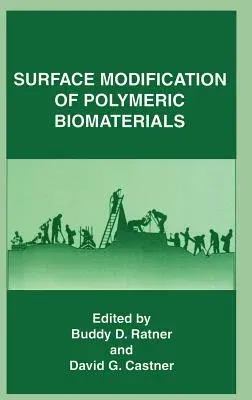Applications of synthetic materials in medicine date back over 4000
year2. The Egyptians used linen as sutures. In the Roman Empire, gold
was used in dentistry. Perhaps even earlier, ivory and bone may have
been used in the body by practitioners of the healing arts. The
historical origins of modem biomaterials science are also hard to
precisely trace, but many of the ideas that define biomaterials as we
know them today evolved in the late 1950s and early 1960s. Surface
modification technology has played a prominent role in biomaterials
science, and has paralleled the evolution of the modem field. In a
symposium organized by the Artifical Heart Program of the NIH National
Heart Institute and the Artificial Kidney program of the NIH National
Institute of Arthritis and Metabolic Diseases, held in Atlantic City,
New Jersey, in 1968, there were already a number of presentations on
surface modification. Surface characterization at that time included
scanning electron microscopy, ellipsometry, contact angle methods, and
infrared internal reflection methods.

